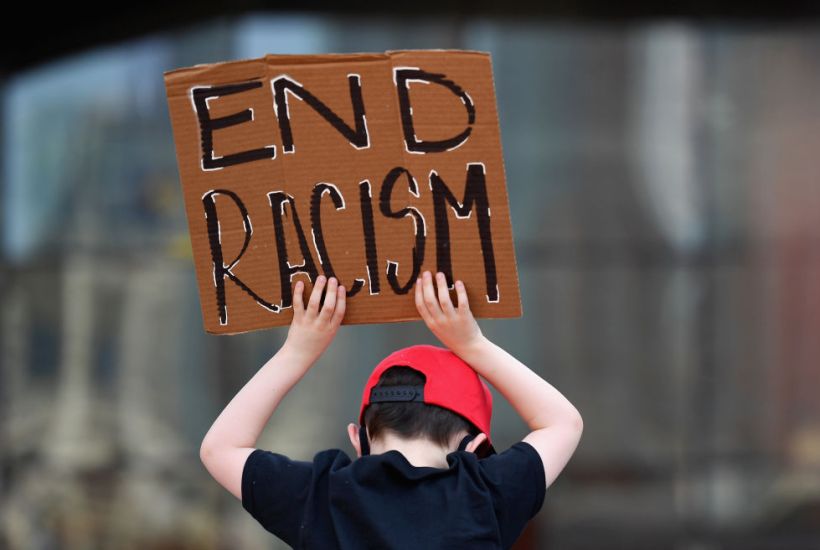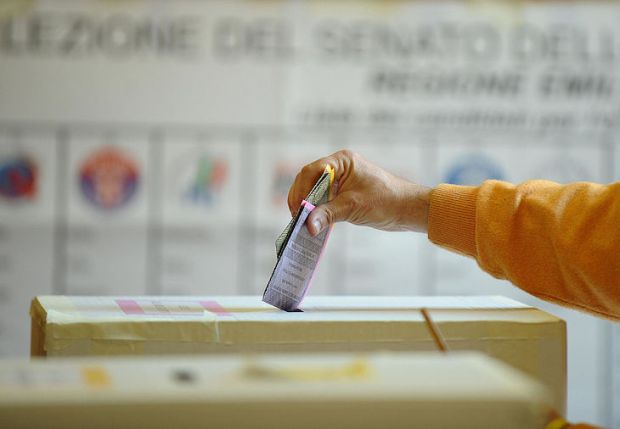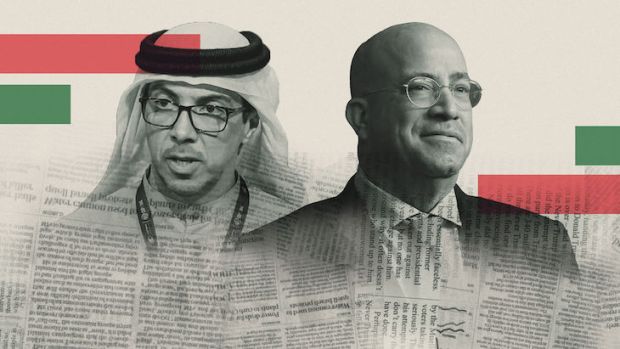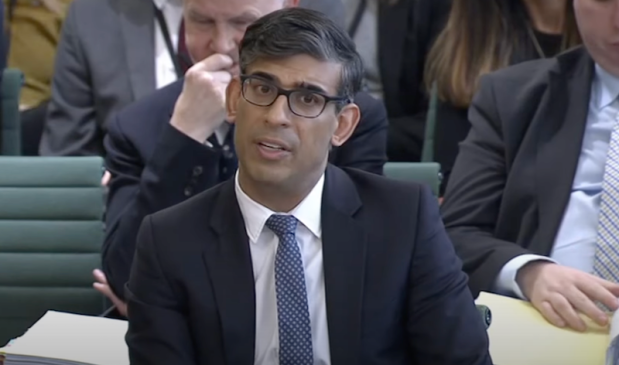The Black Lives Matter movement has put racial sensitivity at the top of the agenda. A new atmosphere of moral rectitude has taken hold, and anyone who makes a tactless or unwelcome statement about race is likely to be fired. That’s what happened to Jack Hepple after a ‘White Lives Matter’ stunt over Man City’s football ground last month. He lost his job. His girlfriend, Megan Rambadt, a reflexologist, was also let go after her employer had earlier suggested it was willing to keep her on if she undertook racial sensitivity training. Meanwhile Keir Starmer has suggested that Labour party workers will be made to follow his example and complete an unconscious bias training course.
I signed up for a similar educational programme to discover what they might be in for. I was also keen to find out if I suffered from covert forms of intolerance.
The online programme involved short lectures, a set of tests to reinforce learning, and a series of theatrical sketches which illustrated examples of poor inter-racial etiquette. The sketches were like medieval morality plays in which the exposure and punishment of a wrongdoer teaches the ignorant to embrace the path of righteousness. Four areas were covered: sexual harassment; diversity and inclusion; hiring and promotion; racial and cultural sensitivity.
The lecturer first explained that everyone has ‘unconscious bias’, which, ‘stems from the brain’s need to categorise things and people’. I was told that such bias is morally neutral until it starts to ‘influence our behaviour and decisions’.
The lecturer encouraged me to study the protocols of ‘cultural competence’ and to admire those who have mastered this complicated discipline. I was told to report and confront prejudicial behaviour at work wherever I came across it. My report would lead to a prompt and impartial investigation. As a whistleblower I would not be subject to discipline or ‘retaliation’, as they called it.
All this seemed fair and reasonable. So did the programme’s higher aim of establishing a new standard of conduct. Rather than merely ‘treating others as we would like to be treated’, the goal is to ‘treat others as they expect to be treated.’ That seems fine too. Apart from one snag. The new standard of conduct may encourage vexatious complaints from those who enjoy picking fights at work rather than just getting on with the job.
The four morality sketches were set in a typical modern office where the staff were racially very diverse. Each sketch was followed by an easy-peasy quiz with rewards for correct answers.
‘Is it acceptable not to promote a competent programmer because of a foreign accent?’
‘Two people in my organisation are in a relationship. Is that harassment?’
‘Is it wrong to dismiss an employee because of her family’s history of an inherited disease?’
For each correct answer I earned 500 ‘Engagement Points’. A ticker at the base of the screen kept me informed of my score. And although this reward mechanism was a little childish, it worked its magic on me. I couldn’t help feeling a little swell of pride as my score passed the 10,000 mark.
But something odd was happening to me as well and I’m not sure why. I’d started racially profiling the characters in the sketches. I wanted to check how well the whites were faring in the moral league table. And we seemed to be in the relegation zone. Of the four sketches, only one featured bias against a white person. And it was a case of ageism not racism. In the other three sketches, the offenders were all white.
The sexual harassment sketch showed a creepy white manager offering a job to a younger woman on condition that she visit him in his hotel room. She reported him to a sympathetic Asian manager who comforted her and started the disciplinary process. The creepy white guy, meanwhile, boasted to his pals in the office about his clumsy seduction attempt. But he was instantly slapped down. ‘That’s totally uncool,’ said a co-worker. ‘Which rock have you been living on?’ The co-worker was mixed-race.
In the disability sketch, a wheelchair-user arrived unexpectedly for a meeting with two executives – an east-Asian male and a white female. The action froze at this point. Two thought-bubbles popped up to show their reactions.
White female: Do we have to move rooms again? I hope this doesn’t make me late for my kid’s game.
East-Asian male: I should move the meeting, if that will make his life more comfortable.
I couldn’t help concluding that two messages were being conveyed. First, that office workers should treat each other with courtesy and friendliness. Secondly, that many white people are almost entirely devoid of these virtues.
It got worse. The sketch about racial and cultural sensitivity was set in a room where four employees were discussing an upcoming trade fair. How would they get to the airport? An Asian man asked his white colleague for a lift.
White colleague: ‘What, and go through security with a Muslim? They’ll probably add my name to the ‘do-not-fly’ list.’
The action froze. A voice-over commented, ‘this inappropriate comment has silenced the room.’ The white man was confronted by a colleague about his crass remark. And he explained it as an attempt to make a joke.
‘It’s not funny,’ said his accuser. ‘Do you realise how bigoted that is? Don’t be that guy.’ His accuser, who was black, proceeded to arrange a shared lift to the airport with his two prejudice-free colleagues, (who happened to be Asian). The white bigot was specifically excluded from the vehicle.
Again I received two messages. First, religious bias can be lazy and insulting. Secondly, whites are more prejudiced than blacks and Asians. How did this happen to me? I was hoping to become more culturally aware but my training programme had turned me into a racist.
And yet I passed with a total of 49,500 Engagement Points. And I now have a certificate proving that I scored top marks in a racial sensitivity programme. But it only exists online. In real life, I’m getting more and more confused.
Got something to add? Join the discussion and comment below.
Get 10 issues for just $10
Subscribe to The Spectator Australia today for the next 10 magazine issues, plus full online access, for just $10.




















Comments
Don't miss out
Join the conversation with other Spectator Australia readers. Subscribe to leave a comment.
SUBSCRIBEAlready a subscriber? Log in